Copper deficiency isn’t something you hear a lot about, which can make it hard to detect. In general, copper isn’t talked about as much as iron or zinc is. You might not even know what copper is or what role it plays in the body. Despite only being needed in small amounts, a copper deficiency can cause significant problems if left untreated. Some symptoms are universal, which means that they can easily be mistaken for other conditions. Luckily, we’ve put together a list of ten problematic symptoms of copper deficiency and how to treat it.
What is Copper?
Copper is a mineral that is needed to help maintain skeletal, nerve and bone health. As the third most prevalent mineral in the body, copper is an essential mineral, which means that it cannot be made in the body and must be obtained through food sources. Copper is responsible for assisting in the production of red blood cells and hemoglobin. It’s also needed to help the body properly utilize oxygen and iron in the blood. 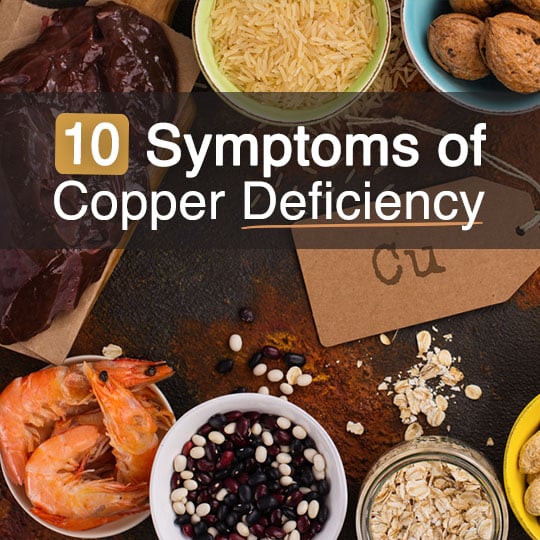
Additionally, you need copper to maintain a properly functioning metabolism, to maintain healthy connective tissues, and to effectively carry out reactions that involve enzymes.
Many people use copper as a natural way to treat arthritis pain. That’s because it is needed to maintain the cells in almost every part of your body’s tissues, which can be used to relieve joint and muscle pain. Copper can also be used to prevent age-related disorders, balance hormones, and keep your energy levels up.
Copper Deficiency Symptoms
Because copper has so many responsibilities, you can see how a deficiency would be a big deal. Here are some symptoms to be aware of.
1. Poor Brain Function
Research shows that copper is needed to keep your brain healthy by impacting specific pathways that involve galactose and dopamine, which are neurotransmitters that help us focus, keep our energy levels up, and allow us to remain positive and in a good mood. Low copper levels can result in problems concentrating, depression, a poor attitude, and more.
Additionally, copper is needed to help the body utilized antioxidants, such as vitamin C, tyrosinase, ascorbate oxidase, and superoxide dismutase, which are needed to help slow down the age-related decline in the brain. Otherwise, a build-up of free radicals in the brain may result in neurodegenerative diseases.
2. Fatigue
One of the easiest ways to detect a copper deficiency is by checking in with your energy levels. Unfortunately, fatigue is a pretty general symptom, so this one is easy to overlook. Research shows that copper is needed to help you maintain healthy energy levels because it assists with ATP production. So when you’re not getting enough copper, it’s easy to feel tired all the time.
3. Growth and Development Problems
Growth and development problems are more likely to show up in children who have growing minds and bodies. While copper deficiencies are more common in parts of the world that are not as developed, it’s a good idea to have your child checked for a copper deficiency if you suspect that he or she is not growing properly. This is because copper is needed to help transport oxygen throughout the body via red blood cells. So when your copper levels are weak, it can result in your cells, organs, and tissues not getting enough oxygen, which results in a delay in growth and low weight and height. Copper deficiencies can also slow down metabolic activity, which is problematic for children.
4. A Slow Metabolism
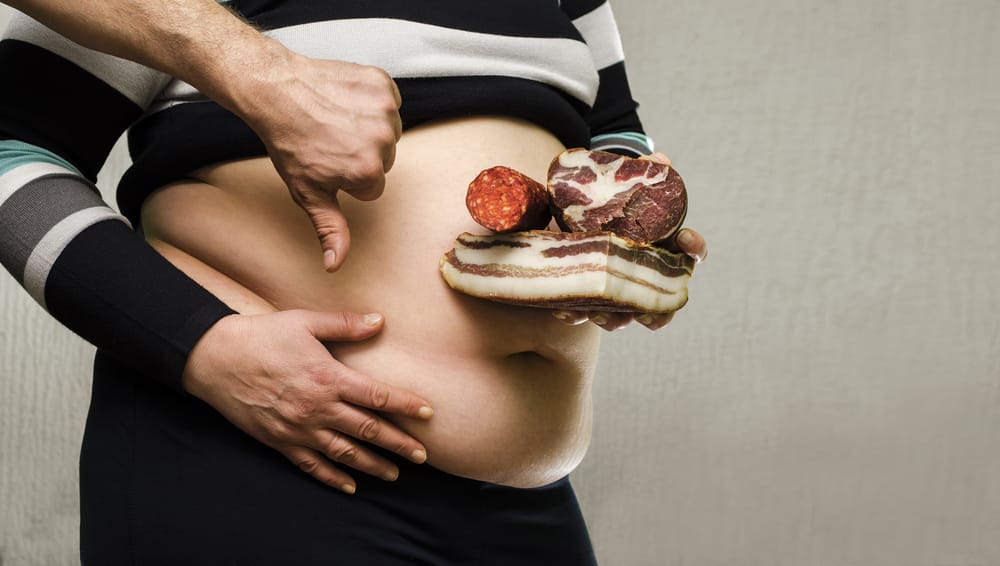
If you’re having a hard time keeping the weight off despite a seemingly healthy diet and exercise program, then it could be due to a lack of copper. This is because copper plays a role in as many as 50 different enzyme reactions within the body, including your metabolism. As mentioned above, copper is needed to help synthesize ATP, which is your body’s source of energy. When you don’t have enough ATP, it can result in low energy and a slow metabolism that makes it hard to keep weight off.
5. Hormone Imbalances
Copper works with other minerals such as potassium, calcium, and zinc to support proper thyroid function. When you don’t get enough copper, it can throw your thyroid activity out of whack, which results in either hyperthyroidism or hypothyroidism. Most people tend to suffer from hypothyroidism, which occurs when your body doesn’t make enough hormones. Research shows that trace minerals must work together to balance each other. When one of these trace minerals is off, it’s easy to cause hormonal changes. As a result, you might experience fatigue, weight gain, and heavier periods than usual. Other symptoms may include sleeping problems, a change in body temperature or appetite, and skin problems.
6. Anemia

Anemia occurs when you have low levels of iron in your blood. This might seem like it has nothing to do with copper, but as explained above the two minerals work together to balance each other. Both iron and copper are needed to produce hemoglobin and red blood cells. Research shows that when you have a copper deficiency, it causes your iron levels to fall short, too. This results in iron deficient anemia. Common symptoms include muscle pains, digestive disorders, impaired brain function and fatigue.
A good way to tell if your iron levels are low is to have blood work done. In addition to having you eat more iron, your doctor may also suggest taking a copper supplement as well. Research shows that copper is needed to help absorb iron into the intestinal tract. It also helps iron to be released into the liver, which is where most of your levels are stored. So taking a copper supplement is like insurance for your iron levels.
7. Bruising Easily
People who have lower levels of copper are more likely to bruise due to a reduced amount of red blood cells and hemoglobin in their blood. You might notice that you wake up with a terrible bruise that you have no memory of getting, or the slightest contact with another person leaves you looking black and blue. Another sign of copper deficiency is being cold all the time. This is also due to the lack of production of red blood cells and hemoglobin. Both symptoms are easily treatable by taking a copper and iron supplement, but make sure you talk to your doctor first before starting on one.
8. Nerve and Joint Pain

If you have the unexplainable nerve or joint pain, or if you notice that your arthritis symptoms are worse than usual, then it could be due to a lack of copper. This is because one of copper’s many jobs is to provide anti-inflammatory properties that help alleviate stiff and achy joint and muscles. It also repairs muscle strength and connective tissue to keep your body moving pain-free. Some people even wear copper bracelets because they believe the mineral can be absorbed through the skin to decrease pain.
Additionally, copper is needed to help maintain a healthy skeletal system. This is especially important for aging adults with an increased risk of bone loss. One study found that older women who took copper along with other minerals such as calcium, zinc, and manganese reduced their bone loss, which could prevent the risk of fractures from falls.
9. Unhealthy Skin, Hair, and Nails
Sometimes you can tell if a person is deficient in a particular vitamin just by looking at the appearance of their hair, skin, and nails. Your body needs proper levels of copper to form the natural texture and pigment of your eyes, skin, hair, and nails. This is because copper is needed to develop melanin, which is the pigment that helps give your skin a healthy glow. To make melanin, the body utilizes copper to create an enzyme named tyrosinase. From here, tyrosinase allows melanin to be created in the body. Low levels of copper are linked to lower levels of tyrosinase, which can affect the appearance of your skin, hair, and eyes.

Additionally, copper is also needed to form collagen, which is required to keep your skin elastic and wrinkle-free. Some people with a copper deficiency might notice that their skin isn’t as young-looking as it used to be. Also, you need copper to create a substance called elastin that is located in your connective tissue and helps keep your skin flexible.
Because copper has antioxidant abilities in the body, it can help protect against sun damage and other toxins that affect your appearance. Copper helps create a more powerful antioxidant called superoxide dismutase to get rid of oxidative damage that causes premature aging and gives you unhealthy looking hair, skin, and nails. You might notice that you have skin sores or inflammation that lasts for several days due to a copper deficiency. Lastly, copper can also help keep your hair from turning gray because it acts on your cell and tissue health.
10. Low Immune Function
If you get sick often or find it harder to fight the common cold than other people, then you might have a copper deficiency. According to one study, copper-deficient animals had an increased rate of infection and higher death rates. While the mechanisms of copper on the immune system are not yet well defined, researchers believe that there is a possible connection between the two. This makes sense as copper has antioxidant abilities in the body. When you don’t get enough copper, you’re less likely to fight off infections.
How To Treat Copper Deficiency
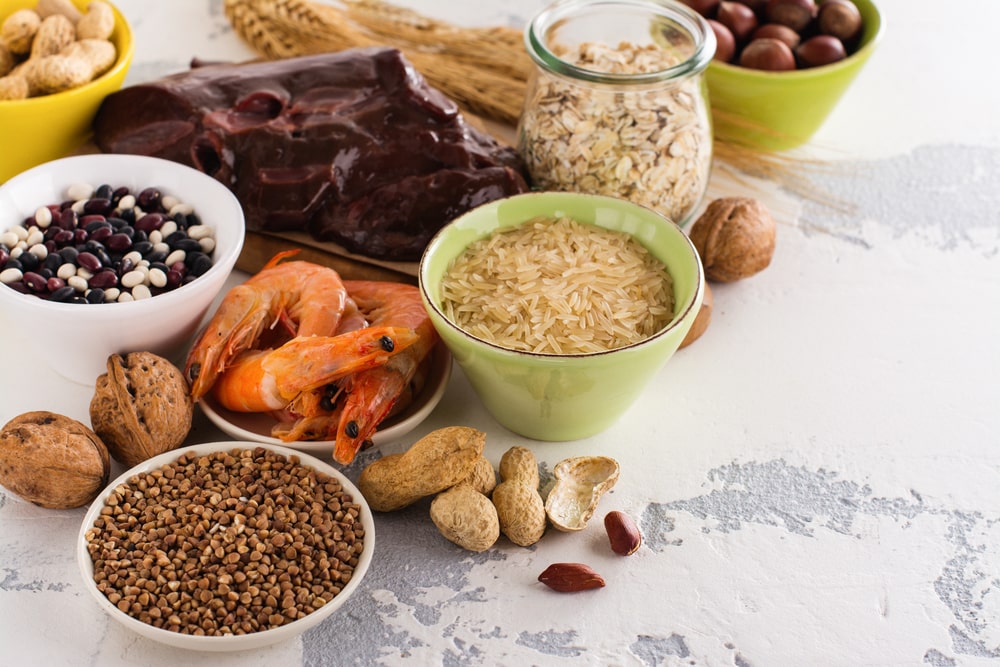
Some research shows that copper deficiencies are often confused with a vitamin B12 deficiency because the symptoms are intertwined. A simple blood test should be able to show you where your levels are at. Your doctor may diagnose you with a copper deficiency if your levels are 30 percent below the recommended intake, which is 0.9 mg per day.
Risk factors for being low in copper include taking large amounts of zinc, having a history of bariatric surgery (including gastric bypass), having had a surgical removal of all or at least some of your stomach, malabsorption syndromes such as irritable bowel disease, and having a history of gastrointestinal surgery.
Treating your copper deficiency may include finding out why your levels are low in the first place. For example, taking too much zinc can interfere with the absorption of copper. In this case, you would just need to reduce the amount of zinc you take. Some people find that a copper deficiency is due to irritable bowel disease or celiac disease. Having heavy periods may also cause a copper deficiency.
Most doctors recommend that you take a copper supplement, but it’s also a good idea to make sure you’re getting in plenty of food-based sources of copper as your body prefers getting its vitamins and minerals naturally. Food-based sources of vitamins and minerals also contain other nutrients that help you absorb what you need whereas vitamins tend to be isolated and do not contain much in the way of absorption blends. Taking around 2 milligrams of copper a day usually can correct a deficiency, but it might take up to 12 weeks before your body’s levels are restored.
Here is a list of foods that are highest in copper to help you restore your levels the natural way:
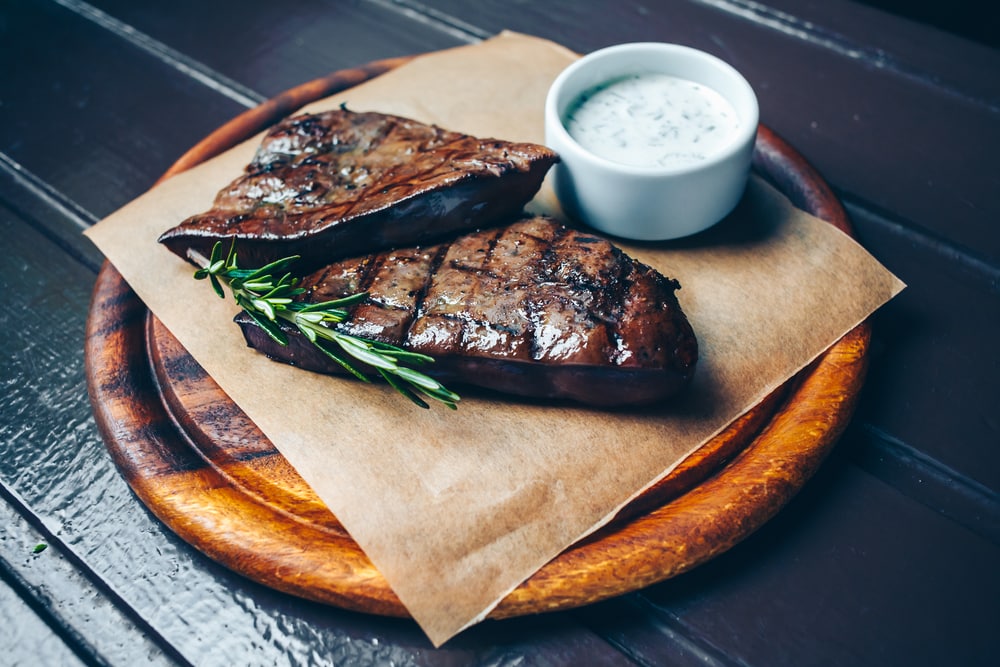 ● Beef liver: one ounce contains 4 mg or 200 percent of your daily recommended intake
● Beef liver: one ounce contains 4 mg or 200 percent of your daily recommended intake
● Dark chocolate: one bar contains 1.8 mg or 89 percent of your daily recommended intake
● Sunflower seeds: one cup with the hulls contains 0.8 mg or 41 percent of your daily recommended intake
● Cashews: one ounce contains 0.6 mg or 31 percent of your daily recommended intake
● Chickpeas: one cup contains about the same amount as one ounce of cashews
● Raisins: one cup contains 0.5 mg or 25 percent of your daily recommended intake
● Lentils: one cup contains roughly the same amount as one cup of raisins
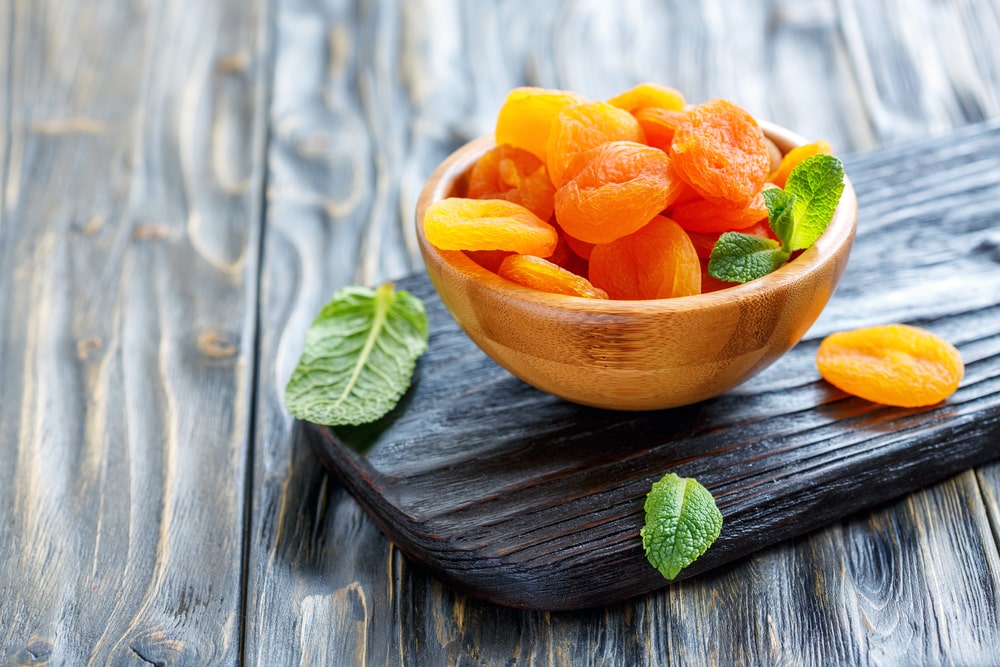 ● Dried apricots: one cup contains 0.4 mg or 22 percent of your daily recommended intake
● Dried apricots: one cup contains 0.4 mg or 22 percent of your daily recommended intake
● Avocado: one avocado contains around the same amount as one cup of dried apricots
● Sesame seeds: one tablespoon contains a little less than 0.4 mg or approximately 18 percent of your daily recommended intake
● Quinoa: one cup of cooked quinoa contains about the same amount as one tablespoon of sesame seeds
● Turnip greens: one cup of cooked turnip greens contains around 0.4 mg of copper
● Blackstrap molasses: two teaspoons of blackstrap molasses contains about 0.3 mg or 14 percent of your daily recommended intake
● Shiitake mushrooms: one ounce of shiitake mushrooms contains approximately 14 percent of your daily recommended intake
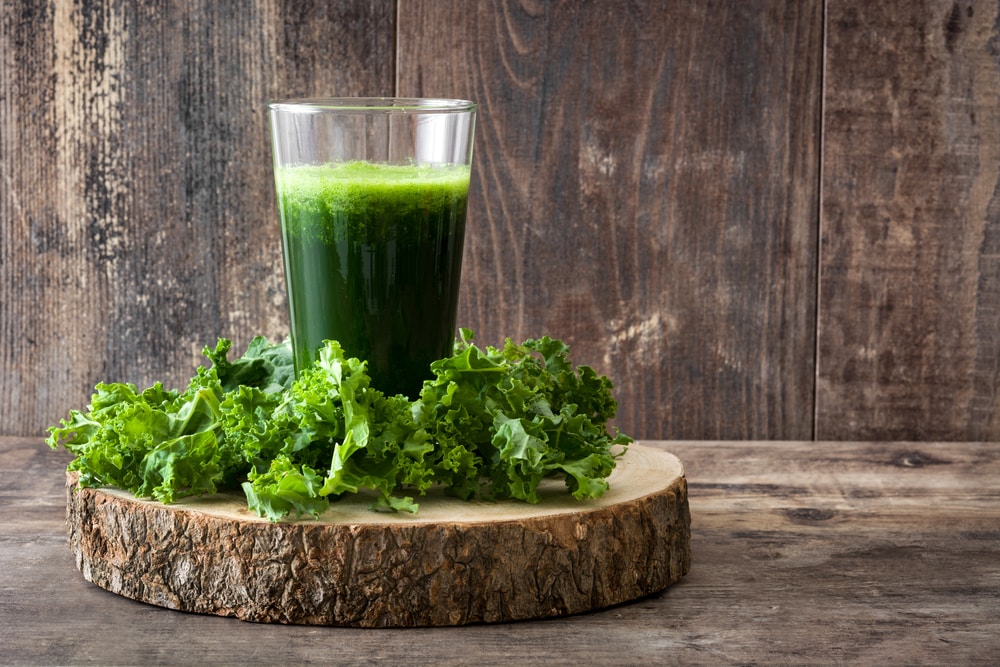 ● Kale: one cup of raw kale contains approximately 0.2 mg of copper or 10 percent of your daily recommended intact
● Kale: one cup of raw kale contains approximately 0.2 mg of copper or 10 percent of your daily recommended intact
● Chia seeds: one ounce of chia seeds contains approximately 0.1 mg of copper or 3 percent of your daily recommended intake
● Asparagus: one cup of asparagus contains about the same amount of copper as one ounce of almonds
● Hazelnuts: one ounce contains 0.5 mg or 25 percent of your daily recommended intake
● Almonds: one ounce of almonds contains approximately 0.3 mg or 14 percent of your daily recommended intake

● Goat cheese: one ounce of semi-soft goat cheese contains approximately 0.2 mg of copper or 8 percent of your daily recommended intake
In addition to incorporating more of the above-mentioned copper-containing foods into your diet, you can also get more copper by drinking water and cooking foods in cast iron pans and pots. This is because copper is used to make these pots and pans, so a little bit of copper can be obtained by using them to prepare your food. The same goes for the pipes in your home. Many pipes that are used to transport water to your home are made of copper, so you can increase your copper intake by drinking more tap water. If you’re worried about filtration, then you can try drinking half of your water from tap and the other half filtered. When you cook with cast iron pots and pans, some of the copper content from those pans are absorbed into some of your food. Try cooking copper-rich foods in a cast iron skillet with olive oil, garlic, and sea salt for a delicious way to get more copper in your diet naturally and save the copper supplements as a last resort only.


